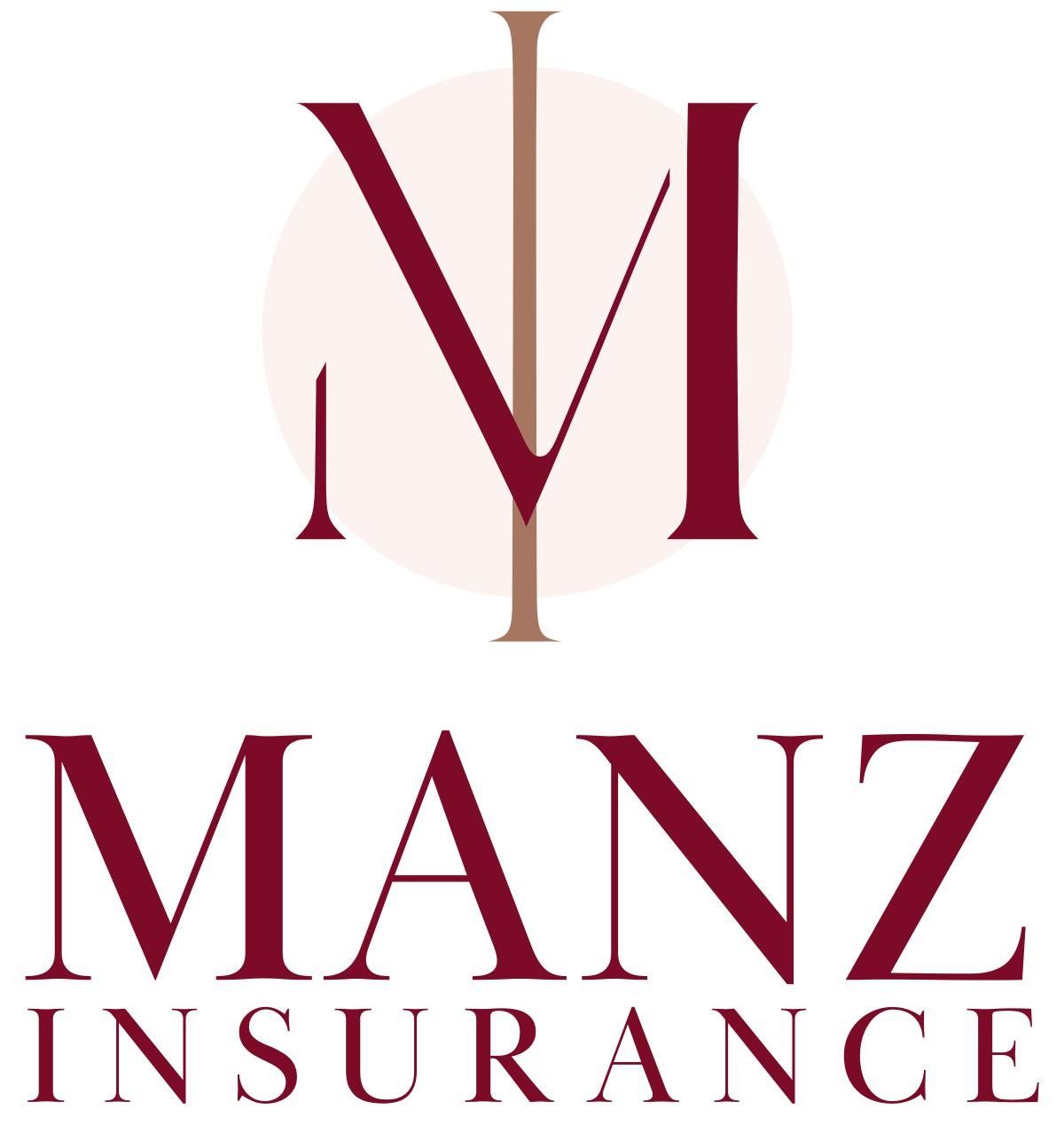MEDICARE INSURANCE
Licensed & serving clients in Nebraska, Iowa, Kansas, Missouri, Colorado, South Dakota, Tennessee.
What Are My Options?
When choosing a plan, you must know the difference between the options available. Option A: Original Medicare, Medicare Parts A & B, along with a Medicare Supplement Plan, and a stand alone Prescription Drug Plan, Part D. Option B: An Alternative to Original Medicare. Medicare Advantage Plan. Also called Medicare Part C. It is important to find out the differences
between the two options before making a choice.
Medicare Supplement Insurance Plan
Medicare Supplement Insurance Plan is part of the Original Medicare. Doctors who accept Medicare will take Supplement because they only require to bill Medicare. Medicare pays 80% of the Medicare-covered benefits and sends the remainder 20% to the Supplement. You should know that Supplements DO NOT include prescription drugs (part D, PDP). Those who fail to get PDP when first eligible face a penalty for getting PDP later (exceptions to this are there). A Medicare Supplement remains uniform throughout its validity – not changing every year. The coverage will remain the same even if the costs differ over the years.
Medicare Advantage Plans
Medicare Advantage Plans, also referred to as MA Plans, or Medicare Part C, is an alternative to Original Medicare. MA plans are offered by private Insurance Companies that are on contract and approved by Medicare. If you choose a Medicare Advantage Plan, this is your Medicare. Medicare Advantage Plans include Medicare Part A, (Hospital Insurance ) Medicare
Part B, (Medicare Insurance), and usually most plans include a prescription drug option, or Medicare Part D.
Medicare Prescription Drug Plans | (Part D)
Medicare Prescription Drug Plans (Part D), sometimes called PDP, bundles drug coverage with the Original Medicare Plans, some Medicare Private Fee-for-Service (PFFS) Plans, Medicare Savings Account (MSA) Plans, and a few Medicare Cost Plans.
For each Medicare Prescription Drug Plan, there is a unique list of drugs covered. This list is known as a formulary. You would find many Medicare Plans drug plans putting drugs on different tiers on their formularies, with the price of each drug differing based on the tier.
It means that drugs at the higher tier are costlier than those at the lower tier. If your prescriber or doctor prescribes a medication at a higher tier similar to a lower-tier drug, your prescriber (or you) can ask for an exception in your Medicare Prescription Plan to lower the copayment.
Medicare Part A
Medicare Part A, Hospital Insurance, covers all inpatient hospital benefits, skilled nursing care, home health care, hospice, as well as some blood benefits. Medicare Part A has deductibles, coinsurance, and copayments that you will be responsible for. You may be eligible for Premium Free Part A coverage if you have worked 40 quarters prior to becoming eligible for Medicare Part A.
Medicare Part B
Medicare Part B, Medical Insurance, covers doctors' services, both inpatient and outpatient,
surgical services, speech and physical therapy, diagnostic testing, durable medical equipment,
ground & air rescue services, as well as Preventive services. The premium for Medicare Part B
is based on your modified gross adjustable income on your tax return. Whether you choose
Original Medicare or Medicare Advantage Plan, the Medicare Part B premium must be paid.
Medicare Part D | Prescription Drug Plans
Prescription Drugs don’t come under the Original Medicare Plan. Medicare Part D, although optional, is still helpful if you take medications. You must pay the pre-enrollment penalty if you didn’t opt for Part D when you first became eligible. To get Medicare Part D prescription drug coverage, you can choose an Independent PDP (Prescription Drug Plan) or a Medicare Advantage Plan that covers prescription drugs.



